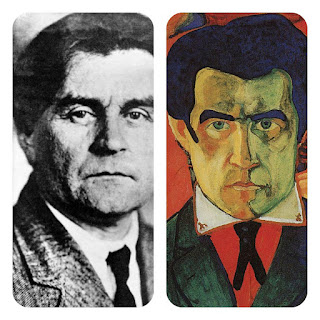Geometrical Jewelry? Me??? (4)
Having specialized in Contemporary Art,
(especially in Minimalism),
I found myself influenced by
the clear and clean lines of
minimalist forms.
My new geometric collection is based
on the generic form of a pentagon.
Jewelry, especially of geometrical designs,
are being designed and made today by machine:
Rhino software, laser cutting and the new 3d dimension printing.
My designs are composed of pentagons of five sizes,
in two forms – full and hollow.
My new Geomtric collection is now on Chistmas Sale:
(especially in Minimalism),
I found myself influenced by
the clear and clean lines of
minimalist forms.
My new geometric collection is based
on the generic form of a pentagon.
But my pentagon is a “hybrid creature”:
It is based on the generic geometric form,
but it is not as accurate and equilateral,
because it has been designed
and created by hand.
It is based on the generic geometric form,
but it is not as accurate and equilateral,
because it has been designed
and created by hand.
My pentagons are a kind of nostalgic tribute to
hand-made jewelry!
hand-made jewelry!
Jewelry, especially of geometrical designs,
are being designed and made today by machine:
Rhino software, laser cutting and the new 3d dimension printing.
Unlike all these, my inaccurate pentagons
have the vibrations and the warmth
of a human touch!...
have the vibrations and the warmth
of a human touch!...
in two forms – full and hollow.
My new Geomtric collection is now on Chistmas Sale:
Enjoy the 20% off , valid until 10 December.
See you in my shop
https://www.etsy.com/shop/JewelryByVita
Vita.













